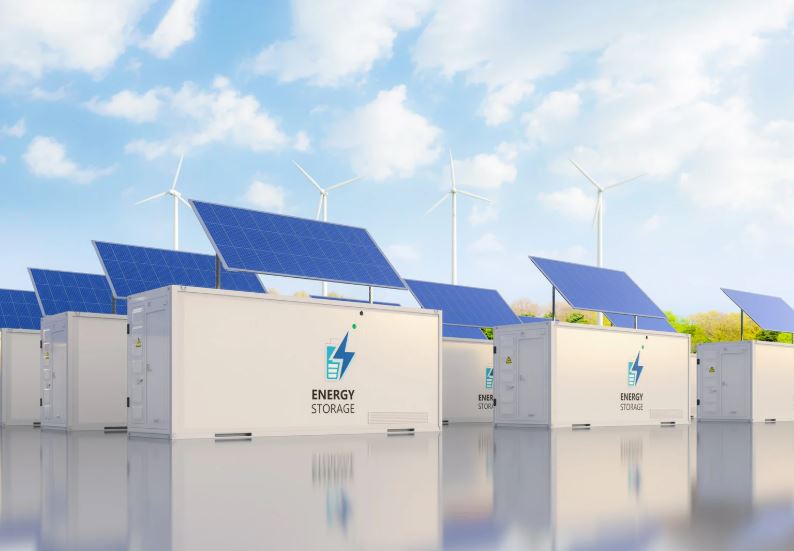Current data from the International Energy Agency indicates that buildings account for over a third of global energy consumption, with expected growth to 60% by 2050.
The challenges this poses are not novel, but the solutions are evolving rapidly. As countries pivot away from fossil fuels, innovative solutions like building-integrated photovoltaics (BIPVs) paired with energy storage systems (ESS) are gaining traction. With renewable resources, notably solar energy, set to play critical roles in achieving net-zero-energy buildings (NZEB), examining the economic viability and technological integration of BIPVs with diverse ESS becomes essential.
The integration of ESS in BIPVs is not merely a technical endeavor; it involves complex economic assessments. In optimizing the energy produced by solar photovoltaics, the primary role of ESS is to balance supply and demand effectively. By storing surplus energy generated during peak sunlight hours for use in periods of low solar activity, ESS assists in reducing reliance on grid electricity. Various technologies such as pumped hydro, compressed air, and battery energy storage show varied efficacy and applicability depending on the specific characteristics and demands of the building’s energy consumption profile.
Technically, BIPVs and ESS face numerous challenges that obstruct straightforward integration. Each ESS technology presents unique advantages and limitations. For instance, while pumped hydro energy storage (PHESS) has long-term capacity benefits, its deployment is limited by geographic and infrastructural constraints. On the other hand, advancements in battery energy storage systems (BESS) continue to hold promise due to their scalability and declining costs. However, the lifecycle and environmental impact of battery materials necessitate further evaluation.
Economic considerations cannot be overlooked. As BIPVs aim to contribute not only to energy efficiency but also to the broader decarbonization strategies, investment costs and return on investments become paramount. The feasibility of integrating ESS with BIPVs hinges on whether the operational savings from energy autonomy outweigh the upfront costs. In some pilot studies, the reduction in energy costs proved significant, with a 30% decrease in grid dependency reported in several projects.
Additionally, while the potential of BIPVs with ESS to mitigate climate change by reducing reliance on fossil fuels is well-documented, widespread adoption also requires overcoming significant regulatory, market, and policy barriers. Existing regulatory frameworks may lag behind technological advancements, necessitating policy amendments to support faster deployment.
Stay updated on the latest in energy! Follow us on LinkedIn, Facebook, and X for real-time news and insights. Don’t miss out on exclusive interviews and webinars—subscribe to our YouTube channel today! Join our community and be part of the conversation shaping the future of energy.
